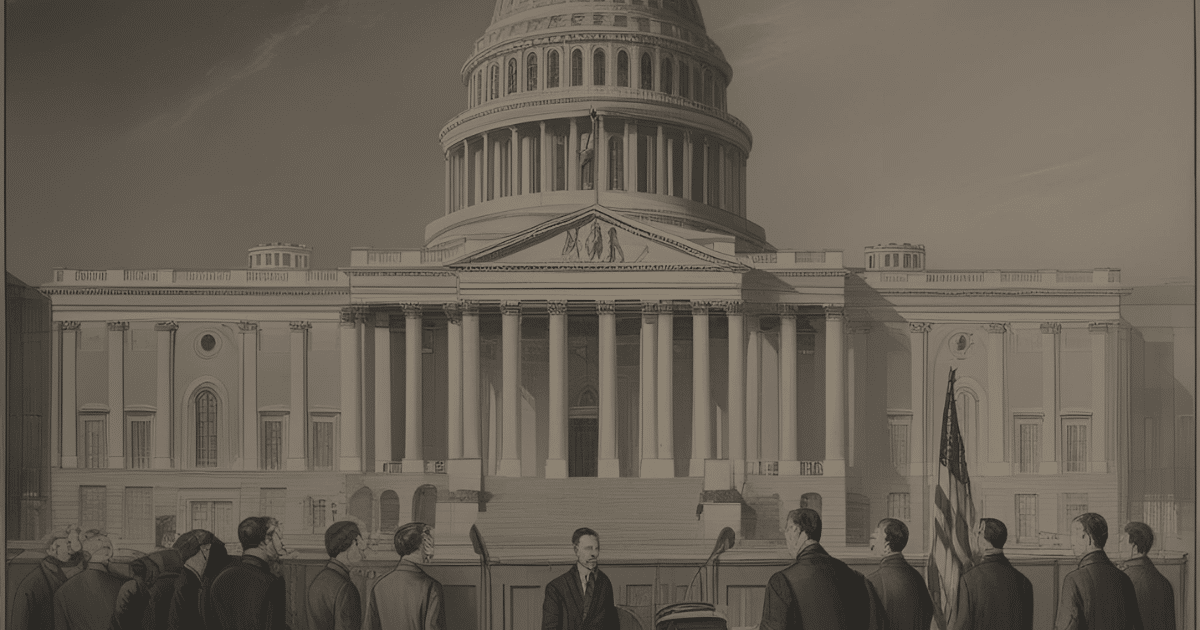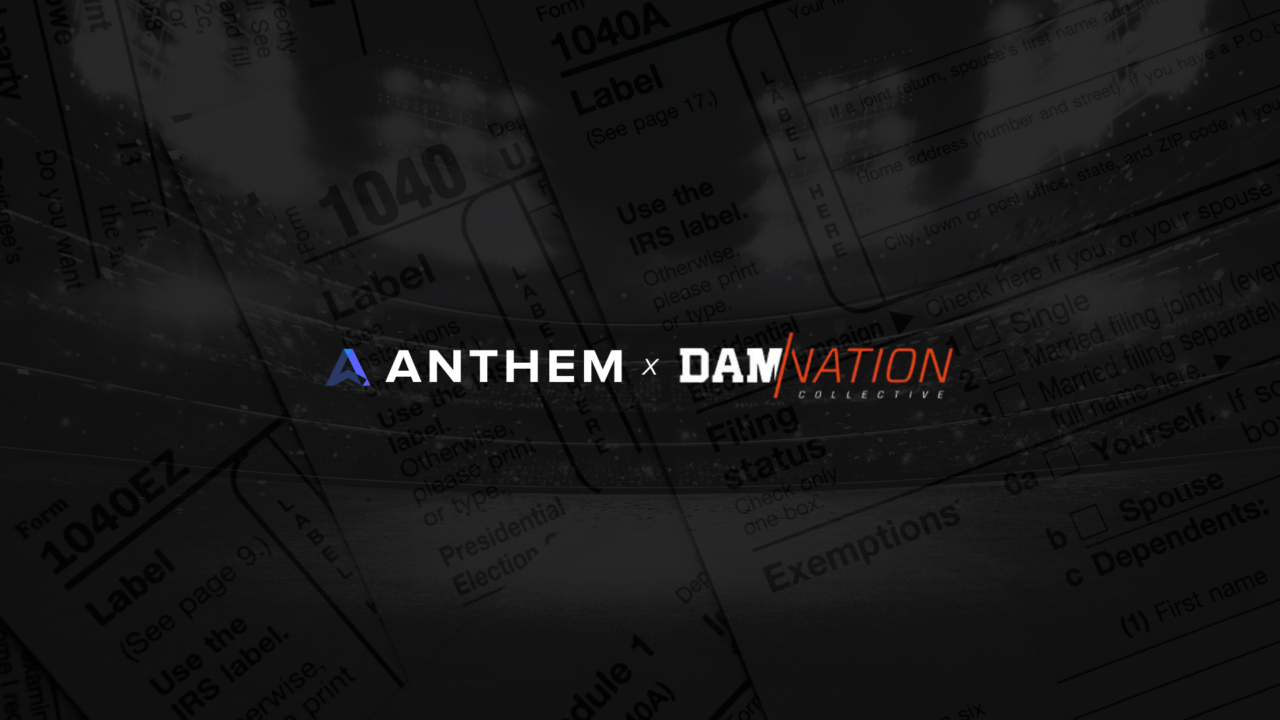College sports have long been a major source of revenue for universities, with programs like football and basketball generating billions of dollars annually. However, the topic of revenue sharing among college athletes is gaining momentum as the NCAA faces increasing pressure to compensate student-athletes for their contributions. Revenue sharing in college sports is a multifaceted issue that raises important legal, financial, and ethical questions. I have been thinking deeply about this subject and my comments will delve into key aspects of the debate, including the classification of athletes as employees, the potential impact on smaller programs, and the role of Title IX in revenue allocation.
Should Athletes Be Classified as W-2 or 1099 Employees?
One of the most pressing legal questions in the revenue-sharing debate is whether athletes should be considered W-2 employees (traditional employees) or 1099 independent contractors. Each classification has significant implications:
W-2 Employees:
- Pros:
- Athletes would have access to benefits such as health insurance, retirement contributions, and unemployment protections.
- Universities would be required to comply with labor laws, ensuring fair treatment and working conditions.
- Cons:
- Schools would incur additional expenses for payroll taxes, benefits, and compliance with labor regulations.
- Athletes may face stricter oversight and lose some of the “student” aspect of their college experience.
I think that how the IRS defines an employee is an area that is interesting, and I have not seen it mentioned in anything that I have read as I have been researching this topic. If Athletes are W2 employees how does collective bargaining come into play? January of 2025 ESPN’s Dan Murphy wrote an article called Effort to unionize college athletics hits stumbling block https://www.espn.com/college-sports/story/_/id/43361128/effort-unionize-college-athletes-hits-stumbling-block it is worth the read. States are also looking to pass legislation that, or in the case of HB 3694 in Oregon would modify the current legislation surrounding NIL athletes in Oregon. Oregon Rep. John Lively’s bill that would conflict with the House settlement’s NIL disclosure provisions. Among the bill’s provisions is a clause stating that any organization with authority over intercollegiate sports cannot require an athlete to disclose the terms of an NIL deal if the contract prohibits the athlete from disclosing. HB 3694 also states that while college athletes may have to disclose NIL deals to their schools, those schools must treat the information as “confidential” and exempt from disclosure under public records laws. West Virginia lawmakers have introduced a bill that would conflict with revenue-sharing limitations in the NCAA’s pending settlement of the House, Carter, and Hubbard antitrust litigations as well. This will be an area to watch over the next few months.
1099 Independent Contractors:
- Pros:
- Provides athletes with more flexibility and autonomy, as they wouldn’t be subject to the same level of control as employees.
- Universities would avoid paying employment benefits and payroll taxes.
- Cons:
- Athletes would bear the burden of self-employment taxes and lack access to traditional employee benefits.
- The classification could lead to disputes over what constitutes “fair compensation” and whether athletes truly have autonomy in their roles.
A key consideration is whether the relationship between universities and athletes aligns more closely with the employer-employee dynamic (suggesting a W-2 classification) or the contractor-client model (favoring 1099 classification). Legal battles are likely to shape this decision, as the NCAA and other organizations attempt to navigate these uncharted waters. In Johnson v. NCAA. Former and current athletes have sued their colleges and universities and the NCAA claiming that they should have been classified as employees of those institutions, and they are owed wages. See Harvard Law Review for the most recent update., the “Third Circuit h eld that some college athletes may be employees of their universities for the purposes of the Fair Labor Standards Act and devised a test to determine which college athletes would qulaify.”https://harvardlawreview.org/print/vol-138/johnson-v-national-collegiate-athletic-assn-108-f-4th-163-3d-cir-2024/
The Impact of Revenue Sharing on Smaller Programs
While revenue sharing might seem like a fair way to compensate athletes, its implementation could disproportionately affect smaller athletic programs and non-revenue-generating sports. Some potential impacts include:
- Financial Pressure on Smaller Programs: Schools with less profitable athletics departments may struggle to fund revenue-sharing agreements. Programs that do not generate significant income could face budget cuts, potentially leading to the elimination of certain sports.
- Unequal Distribution of Funds: Revenue sharing would primarily benefit athletes in profitable sports like football and basketball. Athletes in non-revenue sports such as gymnastics, swimming, or track and field may receive little to no financial benefit, which could exacerbate inequalities.
- Increased Competition for Resources: Smaller programs may have to compete with larger, wealthier schools to attract talent, especially if revenue-sharing models vary by institution. This could create a widening gap between “powerhouse” schools and programs with limited budgets.
To mitigate these effects, policymakers must ensure that revenue-sharing frameworks include safeguards for smaller schools and less lucrative sports.
Title IX and Its Role in Money Allocation
Title IX, the federal law prohibiting gender discrimination in federally funded education programs, adds another layer of complexity to the revenue-sharing debate. Title IX requires equitable treatment of men’s and women’s sports, which raises important questions about how money should be allocated:
- Equality in Revenue Sharing: If male athletes in revenue-generating sports like football and basketball receive a significant share of income, schools will need to ensure that female athletes receive comparable benefits. This could mean allocating additional funds to women’s sports or finding alternative ways to comply with Title IX.
- Challenges with Compliance: Revenue sharing could inadvertently lead to Title IX violations if schools do not balance financial benefits across genders. For example, if a large percentage of funds are directed toward male athletes, institutions would need to find other ways to support women’s programs to maintain compliance.
- Impact on Non-Revenue Women’s Sports: Women’s sports that do not generate significant income may stand to benefit from Title IX protections. However, ensuring fairness could require schools to divert funds from profitable programs, potentially creating tension between compliance and financial sustainability.
The Department of Educations’ Office for Civil Rights has guidance in place that states that “revenue-sharing payments to college athletes, as part of the House v. NCAA settlement, must be considered athletic financial assistance and thus subject to Title IX, requiring schools to allocate these funds proportionally between male and female athletes.” How do you think this will impact schools ability allocate dollars to sports that do not generate little to no revenue?
Final Thoughts: The Path Forward
The debate over revenue sharing in college sports is far from straightforward. Questions about athlete classification, the impact on smaller programs, and compliance with Title IX all highlight the challenges of creating a fair and sustainable framework. Policymakers, university administrators, and athletes must work together to find solutions that prioritize equity, financial responsibility, and the well-being of student-athletes.
Key Questions Moving Forward:
- How can universities balance the financial realities of revenue sharing with the need to support smaller programs and non-revenue sports?
- What regulatory framework will ensure compliance with Title IX while addressing the unique challenges of revenue sharing?
- Should athletes have a say in their classification as W-2 employees or 1099 contractors?
As the NCAA and other stakeholders grapple with these questions, one thing remains clear: the future of college sports is at a crossroads, and the decisions made today will have far-reaching implications for athletes, programs, and universities alike.
What do you think? I would love to hear from you! What I do know for sure that every athlete receiving money from NIL contracts, collectives and eventually revenue sharing needs to have a sound financial plan that includes knowledge surrounding tax compliance and tax strategies.




